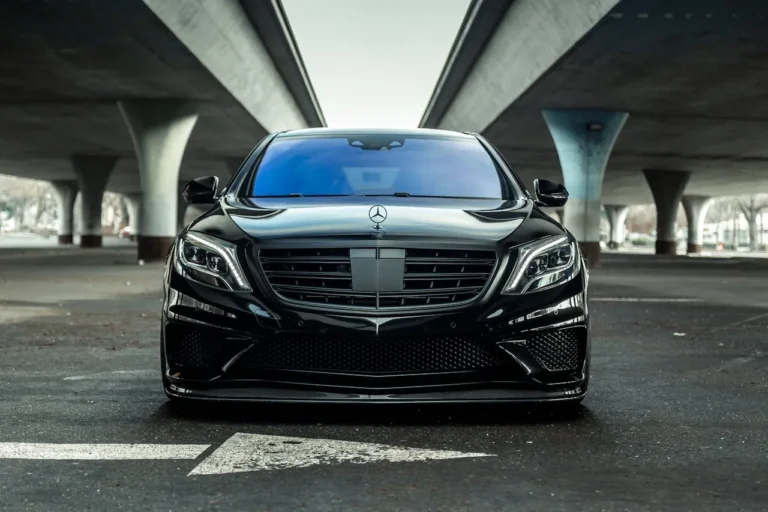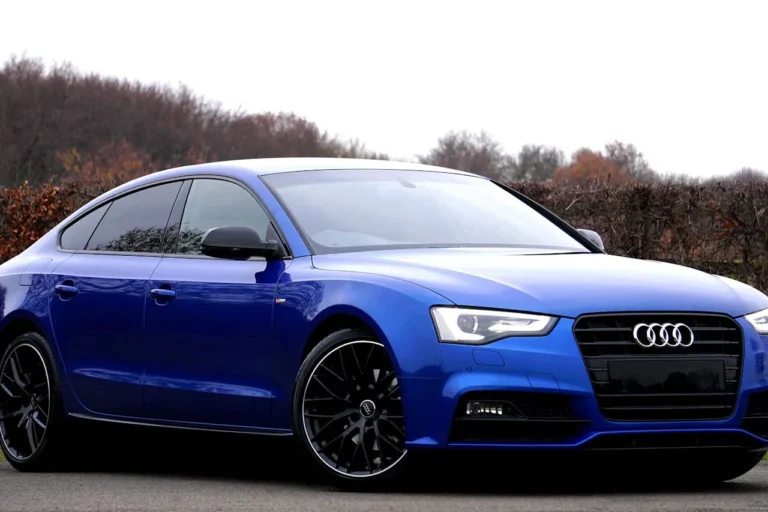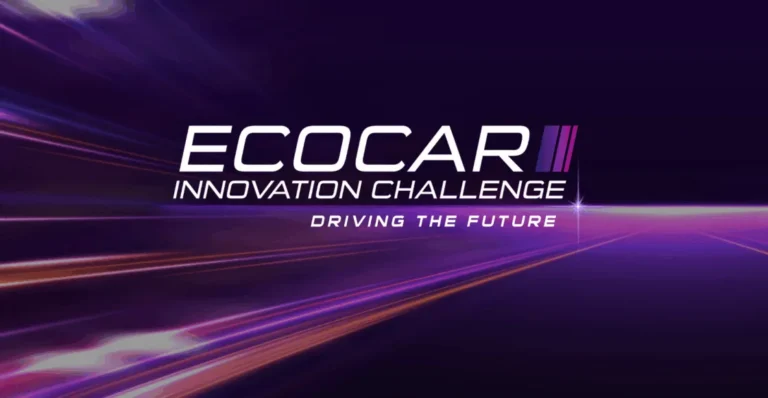
Military Vehicle Electrification Market Set to Double by 2030: Technological Advancements and Sustainability Goals Drive Rapid Growth
The global military vehicle electrification market is poised for substantial growth over the next five years. According to the newly released Military Vehicle Electrification Market Report by ResearchAndMarkets.com, the market is projected to increase from an estimated USD 3.47 billion in 2025 to USD 6.82 billion by 2030, reflecting a robust compound annual growth rate (CAGR) of 14.5%. The report, which provides in-depth analysis across platforms, technologies, operational modes, system components, voltage types, and regions, offers a comprehensive outlook on the sector’s transformation.
As defense forces worldwide modernize their capabilities, the shift toward electric and hybrid-electric military vehicles is emerging as a strategic imperative. The report presents critical insights for stakeholders across the defense supply chain—from OEMs and system integrators to governments and strategic planners—enabling them to understand the evolving competitive landscape and develop effective go-to-market strategies.
Key Drivers: Modern Warfare Needs and Sustainability Mandates
Several key factors are driving the rapid electrification of military vehicles:
- Evolving Battlefield Requirements: Today’s military operations demand quieter, stealthier, and more agile vehicles. Electric propulsion systems provide lower acoustic and thermal signatures, making them ideal for modern conflict scenarios where stealth is essential.
- Energy Independence and Efficiency: Reducing dependence on fossil fuels and enhancing energy resilience are top priorities for many defense departments. Electric and hybrid platforms offer greater energy efficiency and can be powered using renewable sources, enhancing operational sustainability.
- Advancements in Power Storage and Propulsion: Technological leaps in battery systems—especially in lithium-ion and emerging solid-state technologies—are increasing energy density, reducing charge times, and improving the safety and reliability of electric military vehicles.
- Global Defense Budget Increases: With rising geopolitical tensions and a renewed focus on force modernization, many nations are increasing defense spending, creating a favorable environment for investment in next-generation electric military vehicles.
Segment Insights: Systems and Platforms Leading the Charge
System Type: Power Generation Systems Witness Strong Growth
Among the various systems integrated into electric military vehicles, power generation systems constitute the second-largest segment. These systems encompass onboard generators and energy storage units that provide essential power for propulsion and mission-critical subsystems, including communication, weapons, and surveillance tools.
The integration of electric power generation units enhances vehicle autonomy and battlefield endurance. Such systems allow for increased modularity, enabling military vehicles to generate and store power independently, which is especially valuable in remote or contested environments with limited infrastructure.
Support Vehicles: Command and Control Platforms Drive Demand
Within the support vehicle category, command and control (C2) vehicles are emerging as the fastest-growing segment. C2 vehicles serve as mobile hubs for communication, tactical coordination, and decision-making, making their reliability and agility vital in dynamic battlefield conditions.
Electrification provides these platforms with several performance enhancements, including reduced acoustic signatures for stealth operations, faster acceleration and maneuverability, and lower maintenance needs due to fewer moving parts. These attributes increase the operational availability and responsiveness of C2 vehicles, directly impacting mission success.
Technologies Transforming Military Mobility
The report highlights a wide range of technologies reshaping the military vehicle landscape:
- Hybrid and Fully Electric Propulsion Systems: While hybrid-electric solutions offer an incremental path toward full electrification, fully electric vehicles are gaining traction due to advancements in high-capacity battery systems and onboard power management.
- Battery Technology Innovations: Key battery chemistries analyzed include lithium-ion, nickel metal hydride, lead-acid, and the increasingly promising solid-state batteries. Each offers a tradeoff in energy density, weight, safety, and cost.
- Vehicle-to-Grid (V2G) Integration: This emerging capability allows electric military vehicles to serve as mobile power stations, supporting field bases or other vehicles in distributed operations.
- Advanced Thermal and Energy Management: As energy density increases, efficient thermal regulation becomes essential. Innovations in this area help prevent overheating, improve battery life, and maintain performance in extreme climates.
- Silent Mobility and Signature Reduction: Technologies designed to minimize visual, acoustic, and thermal detectability are increasingly prioritized. Electrified platforms naturally support these requirements, making them valuable for reconnaissance, special operations, and urban warfare.
- Hydrogen Fuel Cells: The report also identifies fuel cell systems as a long-term opportunity, particularly for heavy-duty applications and extended missions where refueling logistics are challenging.
Regional Outlook: Europe Leads the Electrification Charge
Geographically, Europe is projected to be the fastest-growing region in the military vehicle electrification market through 2030. European nations are actively investing in advanced propulsion technologies and sustainable defense solutions to meet NATO standards, reduce emissions, and enhance force readiness.
Countries like the United Kingdom, France, Germany, and Italy are spearheading the deployment of electric military platforms. Major European defense contractors—such as BAE Systems and Leonardo S.p.A.—are at the forefront of these developments, integrating hybrid and electric systems into combat and support vehicles.
In contrast, while the United States continues to be a dominant player in defense technology, its military electrification initiatives face procurement complexities and budgetary debates, although companies like GM Defense, Oshkosh Corporation, and General Dynamics are making significant progress.
The Asia Pacific region also presents substantial potential, driven by the defense modernization programs of China, India, South Korea, and Japan. However, regulatory differences, infrastructure challenges, and geopolitical uncertainties may affect the pace of adoption in the short term.
Market Opportunities and Challenges
The report outlines several key opportunities for stakeholders:
- Hydrogen Fuel Cell Development: As defense planners explore longer-range and energy-resilient solutions, hydrogen fuel cells offer a compelling alternative to conventional batteries, particularly for large vehicles or long-duration missions.
- Modular Architectures: The development of plug-and-play hybrid-electric systems allows for rapid retrofitting of legacy vehicles and greater customization of platforms across different operational scenarios.
However, certain challenges remain:
- Durability and Lifecycle Concerns: Military vehicles operate in extreme environments, which poses risks for battery longevity and performance reliability.
- Procurement and Cost Barriers: Upfront costs for electric and hybrid systems, including the infrastructure needed for deployment and maintenance, remain high.
- Lack of Standardization: Variations in voltage levels, charging protocols, and system architectures hinder interoperability, especially in coalition operations.
Impact of Global Policies and Trade Dynamic
The report also evaluates how geopolitical developments, such as the US 2025 tariffs, influence the military vehicle electrification market. These tariffs are expected to impact component sourcing, especially lithium-ion batteries and semiconductors, potentially increasing production costs and complicating supply chain logistics.
European and Asia-Pacific manufacturers are responding by diversifying supply chains, investing in regional battery manufacturing, and forming strategic partnerships to mitigate these challenges.
Industry Leaders and Innovators
Key companies profiled in the report include:
- Oshkosh Corporation
- GM Defense LLC
- General Dynamics Corporation
- BAE Systems
- Leonardo S.p.A.
- Textron Inc.
- ST Engineering
- QinetiQ
- Polaris Industries Inc.
- Rheinmetall AG
- Thales
- FNSS
- Milrem Robotics
- Arquus
- Highland Systems, among others.
These companies are leading the charge in R&D, strategic partnerships, and full-scale production of electric military vehicles and support systems.
A Transformative Decade for Defense Mobility
The electrification of military vehicles represents a paradigm shift in global defense strategy, aligning technological innovation with sustainability goals and modern warfare demands. With market growth expected to nearly double by 2030, defense stakeholders who embrace this transformation now will be well-positioned to lead in a more agile, efficient, and environmentally conscious military landscape.
The report by ResearchAndMarkets.com serves as a vital resource for navigating this high-growth sector and understanding the innovations, players, and strategies shaping the future of military mobility.








